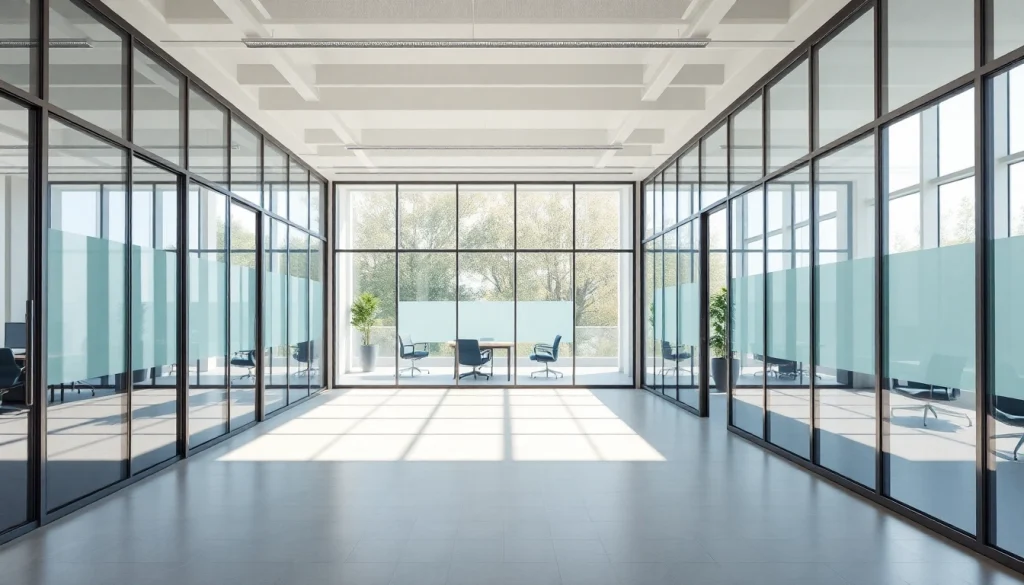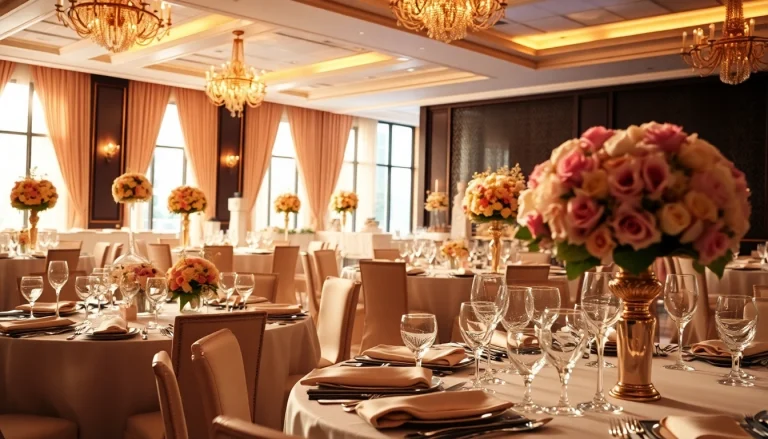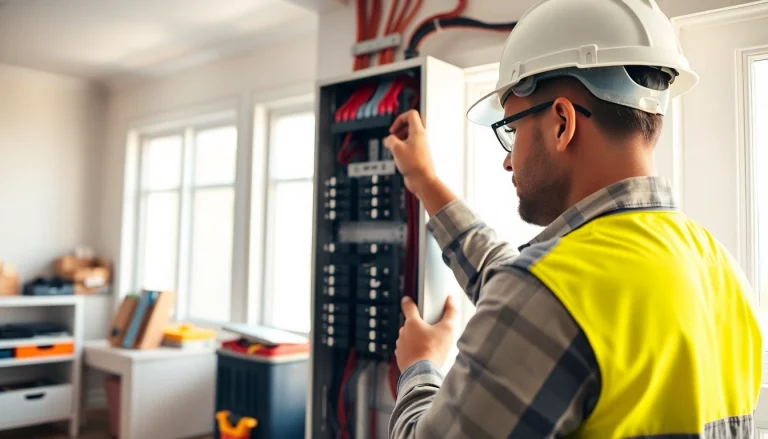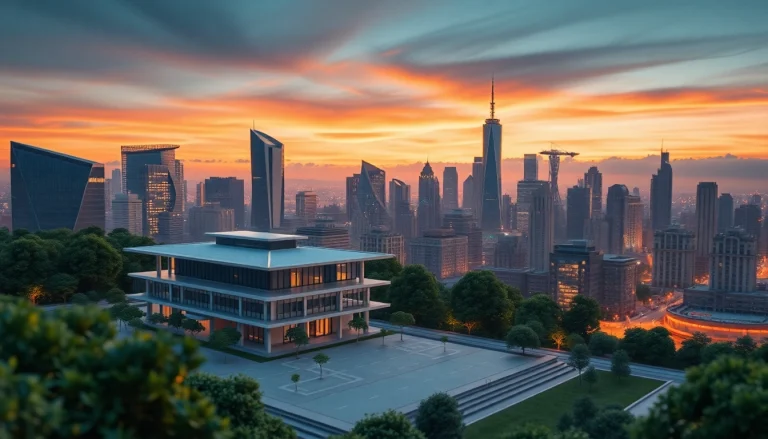
Understanding Movable Glass Partitions
What Are Movable Glass Partitions?
Movable glass partitions are innovative structural elements designed to provide flexibility in space management within various environments, including offices, retail spaces, and educational institutions. These partitions consist of transparent or translucent glass panels that can be quickly and easily moved, allowing users to reconfigure spaces without permanent alterations. Unlike fixed walls, movable glass partitions offer the benefits of openness and natural light while delivering functional space solutions. They stand out for their aesthetic appeal and help in creating an elegant atmosphere in any area.
In today’s fast-paced world, businesses increasingly seek adaptable, multifunctional spaces. Integrating movable glass partitions into your design strategy can cater to these needs, allowing for efficient use of space without sacrificing style.
Benefits of Using Movable Glass Partitions
The implementation of movable glass partitions presents multiple advantages:
- Flexibility: Adjust layouts easily according to needs, allowing room adjustments for different activities or events.
- Natural Light: Foster a bright and inviting environment by allowing light to permeate throughout spaces.
- Noise Reduction: High-quality partitions can provide a buffer against unwanted noise, creating quieter spaces ideal for focused work.
- Aesthetic Appeal: Modern designs contribute to a sleek and sophisticated appearance, enhancing the overall ambiance of any space.
- Cost-Effective: Unlike traditional renovations, movable glass partitions typically require minimal installation time, thereby reducing labor costs.
Different Types of Movable Glass Partitions
Movable glass partitions come in various types, catering to different architectural styles and user needs. Some popular varieties include:
- Sliding Glass Partitions: These partitions slide open or closed along tracks, ideal for large spaces where pivoting is impractical.
- Folding Glass Walls: These are designed to fold back accordion-style, maximizing openness while conserving space.
- Stackable Glass Panels: These can be moved to one side or stacked to create clear openings, perfect for venues needing flexible configurations.
- Frameless Glass Partitions: They provide a seamless, modern look with minimal hardware, integrating beautifully into contemporary designs.
Key Features of Movable Glass Partitions
Sound Control Performance
Sound control is a critical aspect of movable glass partitions, especially in corporate environments or educational settings. Many manufacturers now provide partitions with STC (Sound Transmission Class) ratings, which indicate their effectiveness in blocking sound. For example, partitions rated up to 50 STC can significantly reduce noise between spaces. This sound control capability contributes to a more productive environment by minimizing distractions.
Energy Efficiency and Insulation
Contemporary movable glass partitions are engineered to enhance energy efficiency. They often include double glazing or specialized coatings that help to maintain temperature, thereby supporting heating and cooling systems. This insulation not only contributes to energy savings but also enhances occupant comfort, making it essential for organizations focused on sustainability and reducing their carbon footprint.
Customization Options for Various Spaces
Design flexibility is a hallmark of movable glass partitions. They can be customized in terms of size, thickness, color, and style to fit the specific aesthetic requirements of a space. Options include tinted or frosted glass for added privacy and various frame finishes to match existing décor. Furthermore, organizations can incorporate branding elements or graphics, making these partitions not just functional but also a part of their brand identity.
Design Considerations When Implementing Movable Glass Partitions
Assessing Space Requirements and Layout
Before selecting and installing movable glass partitions, it is essential to conduct a thorough assessment of the space requirements and existing layout. Factors to consider include:
- Room Size: Measure the room accurately to determine suitable partition sizes and configurations.
- Flow of Movement: Analyze how space will be utilized and how people will move through it, ensuring that partitions do not obstruct pathways.
- Functionality: Consider the specific activities to be conducted in each area to facilitate optimal configuration.
Choosing the Right Style and Finish
The style and finish of movable glass partitions should align with the overall design theme of the environment. Choose between a minimalist look with frameless designs or more traditional framed partitions. Each option can evoke different atmospheres, so it’s important to select a style that resonates with the intended feel of the space.
Integrating Technology with Glass Partitions
Modern movable glass partitions can seamlessly integrate with various technologies, enhancing functionality and user experience. Solutions like automated tracking systems can enable remote operation, ensuring effortless transitions between space configurations. Additionally, incorporating smart glass technology allows for on-demand opacity, providing privacy when needed while maintaining natural light flow.
Installation and Maintenance of Movable Glass Partitions
Steps for Proper Installation
Installing movable glass partitions entails certain steps to ensure optimal performance and aesthetics:
- Site Assessment: Conduct a thorough evaluation of the installation site to understand structural constraints and ensure compatibility.
- Preparation: Clear the area of any existing obstructions and ensure that surfaces are clean and level for optimal installation.
- Framework Assembly: Install the framework and necessary hardware securely; this is crucial for stability and ease of operation.
- Panel Installation: Carefully position glass panels within the framework, ensuring precise alignment for functional integrity.
- Final Adjustments: Perform final adjustments to ensure smooth operation and that the partition meets quality standards.
Regular Maintenance Tips and Best Practices
Maintaining movable glass partitions is essential to ensure longevity and functionality:
- Regular Inspections: Frequently check for any misalignment or track obstructions to keep partitions operating smoothly.
- Cleaning: Use appropriate glass cleaners for maintaining visibility and aesthetics without damaging the glass surface.
- Lubrication: Regularly lubricate the tracks and moving parts to prevent wear and tear over time.
Common Challenges and Solutions
While movable glass partitions offer numerous benefits, some challenges may arise:
- Challenge: Misalignment of sliding mechanisms.
- Solution: Ensure proper installation techniques and conduct regular maintenance checks.
- Challenge: Limited sound isolation.
- Solution: Choose partitions with higher STC ratings and consider upgrading to double-glazed options.
Case Studies: Successful Applications of Movable Glass Partitions
Corporate Office Transformations
Many companies have successfully utilized movable glass partitions to enhance collaboration and redefine workspace dynamics. For example, a tech firm in Silicon Valley revamped its office layout by integrating these partitions to adapt meeting spaces on-the-fly. The result was increased employee satisfaction and improved productivity, with teams able to reconfigure environments to suit their collaborative needs.
Hospitality and Retail Environments
In the hospitality sector, movable glass partitions allow hotels and event venues to create versatile space solutions. A high-profile hotel chain adopted these partitions to transform ballrooms into intimate meeting rooms, enabling them to cater to diverse events. The feedback highlighted the enhanced guest experience and operational efficiency gained through flexibility.
Educational and Community Spaces
Educational institutions have found movable glass partitions effective in creating multifunctional classrooms that can adapt for lectures, group work, or quiet study. A university implemented these partitions in its library, facilitating different study zones while leveraging natural light. The initiative was well-received, promoting an inclusive and collaborative learning environment.





